Some 30,000-year-old jewelry has been found during excavations on the Indonesian island of Sulawesi.
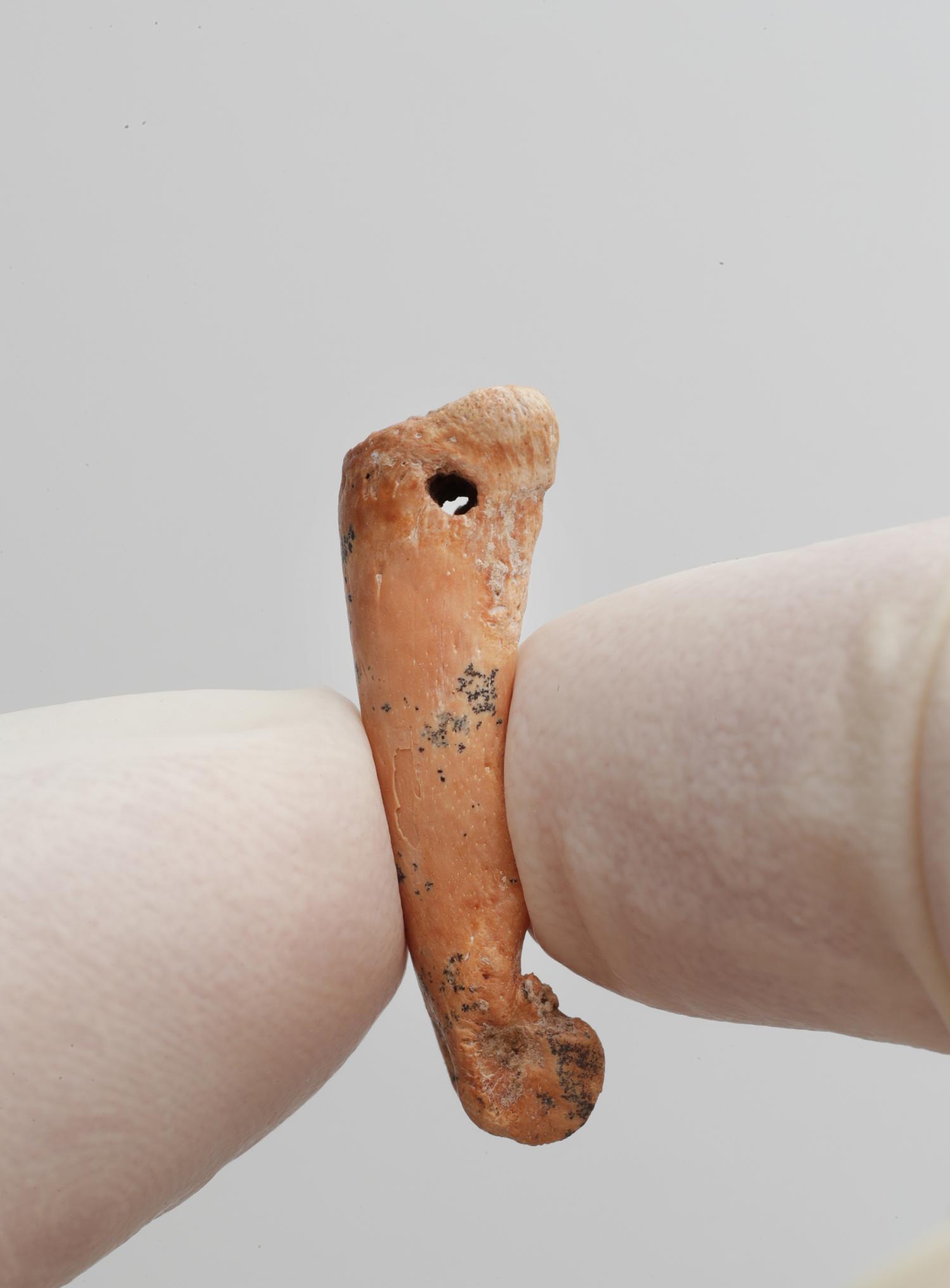
A team of Indonesian and Australian scientists has unearthed a rare collection of prehistoric art and ‘jewelry’ dating in some instances to as early as 30,000 years ago.
The jewelry is made out of pieces of bone and teeth from various animals. Since the researchers have seen deposits from skin and clothing on the findings, they assume that the bones and teeth have been hung around the neck like jewelry.
The rare collection has been dated to between 22,000 to 30,000 years old and consists of disc-shaped beads made from a babirusa (‘pig-deer’) tooth and a pendant fashioned from the bone of a bear cuscus (a possum-like marsupial). Also, some ‘portable’ art objects, stones incised with geometric patterns, the meaning of which is unknown.
”For a long time people always thought the origins of modern human creativity – our ability to think symbolically – arose amongst Homo Sapiens in Europe 40,000 years ago”
“Now we are increasingly finding evidence this is not the case and there is evidence of similar sorts of behaviour on the opposite side of the world in south-east Asia.”
– Associate Professor Adam Brumm, co-author, and Australian Research Council (ARC) Future Fellow.
The jewelry adds to the 2014 breakthrough discovery of 40,000-year-old cave art on the Wallacean island of Sulawesi, deemed to be some of the world’s oldest.
Reference:
Adam Brumm et al “Early human Symbolic Behavior in the Late Pleistocene of Wallacea” PNAS, DOI: 10.1073 / pnas.1619013114




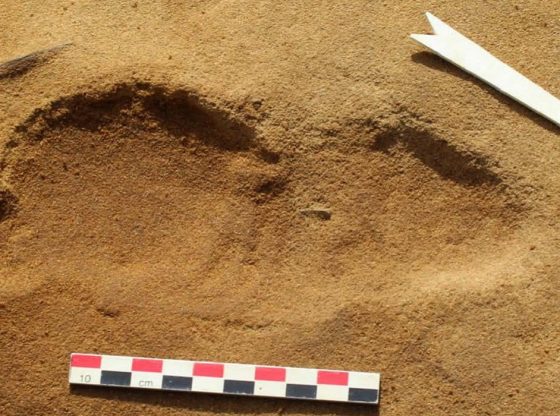
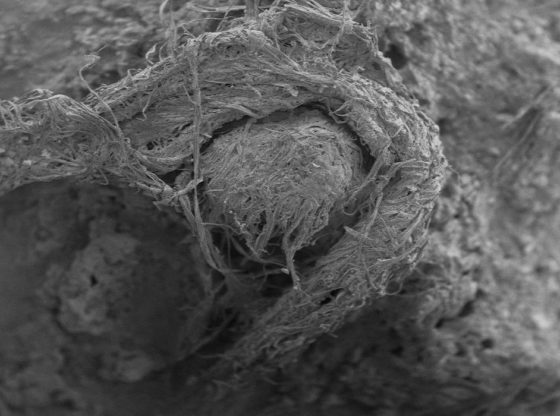
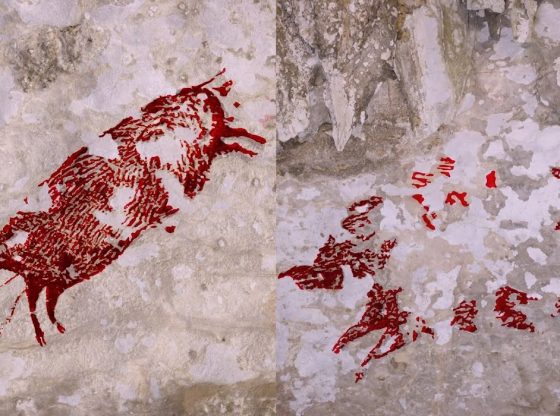

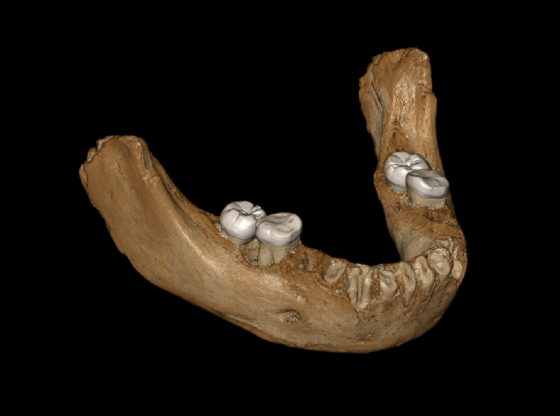


![OpenAI. (2025). ChatGPT [Large language model]. https://chatgpt.com](https://www.illustratedcuriosity.com/files/media/55136/b1b0b614-5b72-486c-901d-ff244549d67a-350x260.webp)
![OpenAI. (2025). ChatGPT [Large language model]. https://chatgpt.com](https://www.illustratedcuriosity.com/files/media/55124/79bc18fa-f616-4951-856f-cc724ad5d497-350x260.webp)
![OpenAI. (2025). ChatGPT [Large language model]. https://chatgpt.com](https://www.illustratedcuriosity.com/files/media/55099/2638a982-b4de-4913-8a1c-1479df352bf3-350x260.webp)








